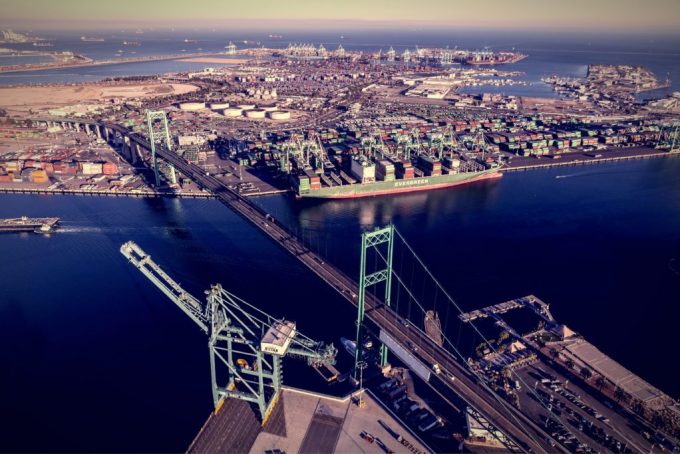'Rollercoaster' Asia to NAWC capacity is increasingly unstable
The Transpacific market is “a rollercoaster ride” according to one major carrier, and data indicates ...

Import container throughput at the San Pedro Bay ports of Los Angeles and Long Beach is booming, with the neighbour facilities reporting year-on-year growth of 19% and 23.5%, respectively, for January.
The spike in demand for Asia-US west coast services, partly driven ...

Comment on this article